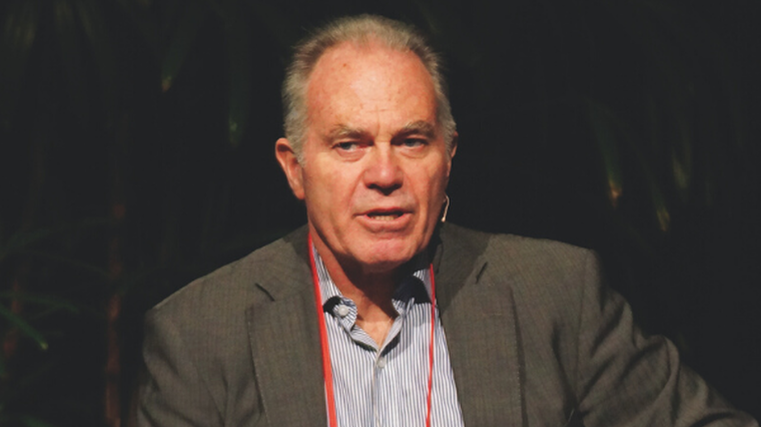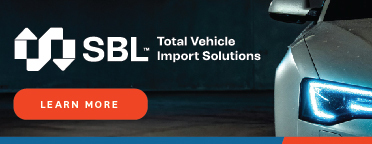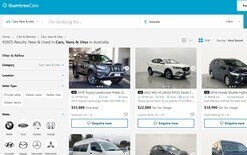Stoush over feebate scheme

It has been reported that the government is reviewing its clean car discount scheme because of the massive difference between what’s being paid out in rebates and what’s coming into its coffers via fees.
The policy, which was run out in full on April 1, was designed to be revenue-neutral, but only $62.8 million has been collected in charges imposed on heavy-emitters while just over $95m has been paid out in subsidies. This leaves a shortfall of about $32.2m shortfall.
The Nissan Leaf tops the ladder for the most subsidies with 4,233, just ahead of the Tesla Model 3 with 3,852. Newshub reports this means more than double the amount of cash has gone to Tesla buyers with $33m paid for Model 3s, which is priced from $66,900 in New Zealand, when compared to $16m going to new Leaf owners.
It also reported on October 24 that the government is recalibrating the scheme because of the level of discounts been paid out. The shortfall between rebates and fees comes in, coincidentally, ay about the amount paid to Tesla buyers.
However, Michael Wood, Minister of Transport, says: “The biggest number of vehicles we’ve supported through the clean car discount have actually been relatively affordable hybrids.
“What the clean car discount has done over the past year has increase our intake of zero-emissions vehicles to one of the highest rates in the world. The scheme is an outstanding success.”
National’s transport spokesman Simeon Brown, meanwhile, describes the clean car discount as a “reverse Robin Hood scheme”. He says: “It’s taking from people who don’t have a choice about what kind of vehicles they drive, like farmers and tradies, and giving it to people who can afford to buy expensive luxury vehicles like a Tesla.”
The Imported Motor Vehicle Industry Association has reiterated points it has raised in the past in relation to the government’s clean car policies. Chief executive David Vinsen says the shortfall between fees and charges “was always going to happen”.
He adds it was discussed maybe some six years ago with Julie Anne Genter, the former Associate Minister of Transport who came up with the idea. “Her concern was there would be insufficient people buying gas-guzzlers and paying penalties to fund the pool for people who wanted to buy EVs and low-emissions vehicles [LEVs].
“They’ve known about this for a long time. Here we are at the stage where there are issues. The pool is running out of money. Then there’s the issue of equity whereby it’s a wealth transfer from poorer people to wealthier people buying LEVs, and from productive agricultural, provincial areas to urban areas. All this scheme is doing is bringing forward what was inevitably going to happen anyway.”
Vinsen, pictured, told iHeart in an interview on October 25 that it means all the government is achieving through the clean car discount is “virtual signalling, waving the flag and saying ‘look how great they [EVs] are’. And they aren’t doing anything materially for the planet. All they are doing is bringing forward, by a short period of time, the inevitable outcome”.
Vinsen warns the situation will worsen in 2023 because the feebate scheme will continue, “so it will get naturally worse”, and the clean car standard is slated to start on January 1, which will see the government “doubling down” on the clean car discount by imposing “similar penalties and incentives” on importers.
This will result, he adds, incentives and fees being subtracted from or added to sticker prices pre-sale with the feebate scheme still being imposed on consumers at the point of first registration.
Vinsen says: “Provincial New Zealand and tradespeople are upset about the cost of utes and vans at the moment, and they’ve got more coming. It’s going to be double down in January.”
Click here to read the Newshub article.
Click here to listen to Vinsen being interviewed by Heather du Plessis-Allan on iHeart.





